The ongoing COVID-19 pandemic has significantly impacted the amusement industry and the ways that we ride roller coasters and visit theme parks. As parks reopen with enhanced safety measures, a day at an amusement park is drastically different from what it was just a year ago.
Since June, I’ve visited three different parks. Some of their policies were similar — others were not. For example, masks were required in some form at each park, but when and where guests were required to wear them differed.
Coaster101 team members wearing face masks while at Dollywood and Kings Island.
What I found is that none of the three parks did everything right. Each had shortcomings — some more serious than others. These ranged from a lack of hand sanitizer to inconsistent face mask enforcement.
So from my time at these three parks, below are my tips on how to stay safe at theme parks during this coronavirus pandemic.
Note: this is not professional medical advice. Visit the CDC’s COVID-19 website for the latest coronavirus news and guidelines.
1. Know before you go. Read park policies before visiting.
Every park’s website should have its reopening policies easily accessible from the homepage. As mentioned above, these will vary from park to park. However, common measures include:
- Advanced reservations to enter the park
- Temperature checks and health screenings upon arrival
- Virtual queues
- Face masks mandatory
- Reduced or modified operating dates and hours
Be aware that these measures and policies are very subject to change. Some parks have nixed the requirement for advanced reservations while others have already reduced their operating calendars.
2. Arrive early.
As in pre-COVID times, arriving at the park early can give you a few hours in the park with no lines and near-empty midways.
If you’re visiting a park that requires reservations and specific entry times, select the earliest time slot available. If a park isn’t requiring reservations, arrive as early as possible. Head to the back of the park and enjoy a few hours in the park with very light crowds.
3. Whenever possible, stay outside. Ride outside. Eat outside. Shop outside.
Every day it seems that researchers are learning something new about COVID-19 and the way it spreads from person to person. However, consistent trends in findings are beginning to emerge, such as the acknowledgment of a lowered risk of outdoor transmission. For instance, one Japanese study of 110 cases found that the risk of catching COVID-19 was nearly 20 times higher in an enclosed space than outdoors.
For this reason, staying outside as much as possible during your theme park visit may reduce the likelihood that you contract the virus.
Many parks have closed indoor attractions such as theaters and motion simulators. However, you should still limit your time inside any enclosed space, including shops, restaurants and even restrooms. But that doesn’t mean that you have to bake in the sun. Many parks offer shaded or open-air dining areas and shops which reduce the need to go inside.
And of course, wear sunscreen since you might spend more time in the sun than usual.
4. Maintain 6 feet between you and others.
Social distancing has become second nature for many, but it’s even more important at an amusement park, especially when you’re standing in line with others for extended lengths of time.
After years and years of training myself not to leave too much space between me and the party ahead of me in line (to avoid holding up the line), I’ve had to remind myself to leave six feet in front of me.
Thankfully, many parks have placed social distancing reminder decals on the ground.
5. Use the less-frequented restrooms.
Staying outside for the entirety of your visit is near impossible when you have to use the restroom. They often are smaller and may have poor ventilation. However, you can reduce your risk of coming in close contact with others by avoiding restrooms in the busier areas of the park.
This may require some additional planning and research to determine which restrooms are less popular (avoid the ones near the park entrance). But you can also gauge the traffic once you arrive at the park.
A quick trip into a restroom shouldn’t pose a huge risk. However, being cognizant of your time spent in an enclosed space like this is a smart move regardless.
6. Bring hand sanitizer.
I’m a recovering germaphobe, so even before the pandemic I always kept a bottle of hand sanitizer with me at the park.
As part of the enhanced focus on cleanliness, many parks are offering additional hand sanitizer dispensers on midways, in stations, at entry gates, etc.
While each park I’ve visited this year has offered free hand sanitizer, its availability has been inconsistent. At one park, I repeatedly encountered empty dispensers. So always bring your own supply just in case.
7. But still wash your hands frequently.
While the (sometimes) plentiful amounts of hand sanitizer may give you a sense that your hands are always clean, you should still try to wash your hands the good ole fashioned way as often as possible.
…especially before eating.
8. Keep an eye on the sky. Don’t get stuck inside waiting for the rain to pass.
Summertime thunderstorms are a daily occurrence at some parks. Depending on the severity and duration, you may have to run for cover — especially if lightning is involved. With most rides ceasing operation and indoor theaters closed due to the pandemic, you may be stuck inside a shop or restaurant with a crowd of other guests doing the same.
Sometimes these pop-up thunderstorms aren’t always predictable. But if you see a storm brewing, you might want to go to your car (if possible) or seek shelter in a more secluded area of the park.
9. Bring multiple face masks.
There’s no sugarcoating this — spending an entire summer day at an amusement park wearing a cloth face mask can be uncomfortable. Many are not sweat-resistant, so you may find yours to be a little damp by the early afternoon. I recommend bringing one or two extra, especially if you’re planning on riding water rides. Or you drop your mask on the ground like I did.
Or you lose it on a ride, which is unlikely but possible (see below).
Additionally, you’ll likely be touching and/or removing the mask sporadically throughout the day. Bringing an extra mask (or two) is an all-around good idea. I keep mine in small plastic bags so you aren’t touching them throughout the day.
Shameless plug: buy a Coaster101 face mask!
10. Wear a face shield.
This measure might be a little drastic for some. And it may look a little goofy. But if you want an additional layer of protection, consider investing in a plastic face shield to wear with your face mask. A 2014 study found that face shields could reduce the exposure of larger respiratory particles.
Not all establishments are considering these to be true face coverings, so I recommend you still bring your face mask.
There are plenty of face shields available on Amazon.
11. Avoid souvenir bottles.
Some parks are not offering reusable souvenir bottles this year, opting instead to distribute disposable cups on demand for guests who purchase season-long drink passes.
For parks that offer both options, I recommend choosing the disposable cups.
12. Consider buying a skip-the-line pass.
If a park is selling skip-the-line passes, consider purchasing one to reduce the length of time spent in line. Even though lines may appear shorter, reduced capacity on coasters and other attractions may cause them to move slowly.
Some parks are only selling these passes online, so check the park website before you go to the park.
13. Wearing a mask? Ride in the front.
Note: I was not able to find any research on the transmissibility of coronavirus on a roller coaster. However, if you’re at a park that does not require face masks to be worn on roller coasters and you’re wearing one, consider riding in the front row.
By sitting in the front row with a mask on, you won’t have to worry about coming into contact with the respiratory droplets from anyone sitting in front of you. And if you’re wearing a mask, yours won’t pelt the riders behind you. It’s a win-win.
14. Quarantine and get tested after your trip.
If you have access to free COVID-19 testing in your community, consider getting tested a few days after you visit the park. If feasible, you also can quarantine in your home for 14 days to be extra cautious. This may seem excessive, but it’s not a bad idea if you’ve traveled to a coronavirus “hot spot” area where the virus is more prevalent.
15. If you don’t feel well, STAY. HOME.
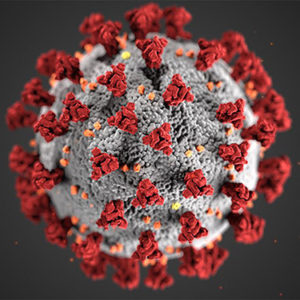 This is by far the most important tip (and hopefully the most obvious). If you’re not feeling well and are displaying any of these symptoms listed by the CDC:
This is by far the most important tip (and hopefully the most obvious). If you’re not feeling well and are displaying any of these symptoms listed by the CDC:
- Fever or chills
- Cough
- Shortness of breath or difficulty breathing
- Fatigue
- Muscle or body aches
- Headache
- New loss of taste or smell
- Sore throat
- Congestion or runny nose
- Nausea or vomiting
- Diarrhea
…stay home. And if you think you’ve been exposed to the virus or have been in contact with someone who has the virus, stay home.
By following these tips, you can help reduce the likelihood of coming into contact with COVID-19 during your next theme park visit.
If you have any additional tips to stay safe at the parks, share them in the comments section below.

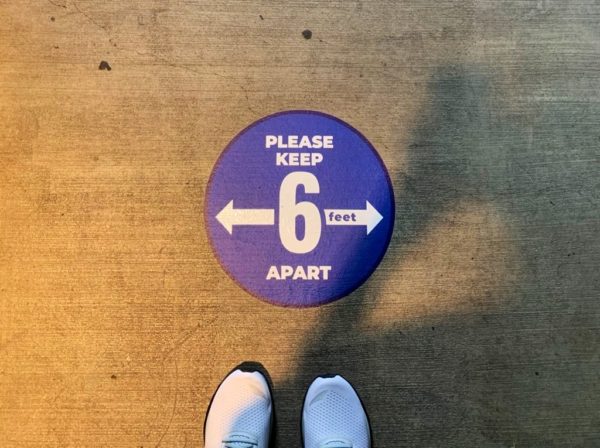

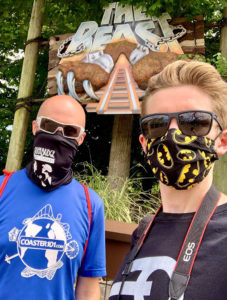
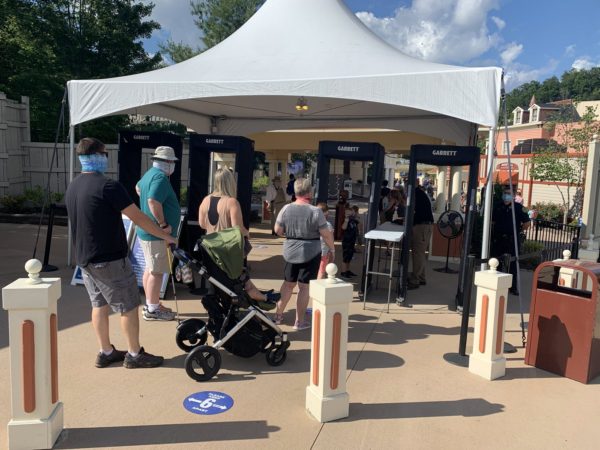
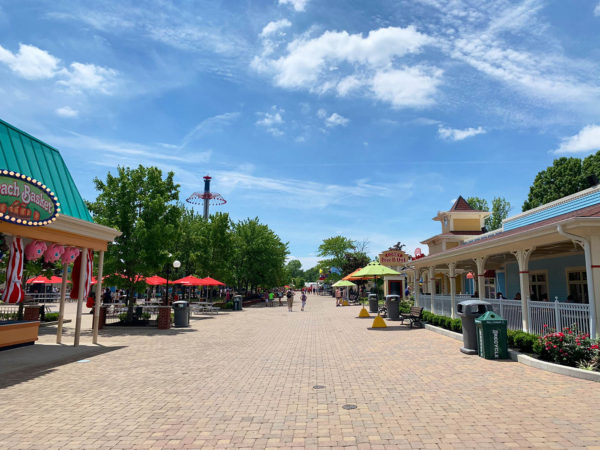

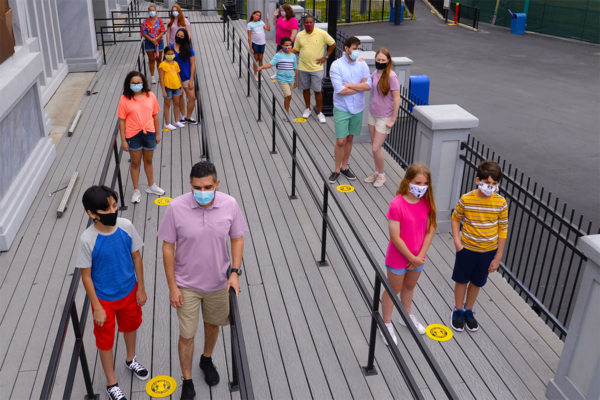
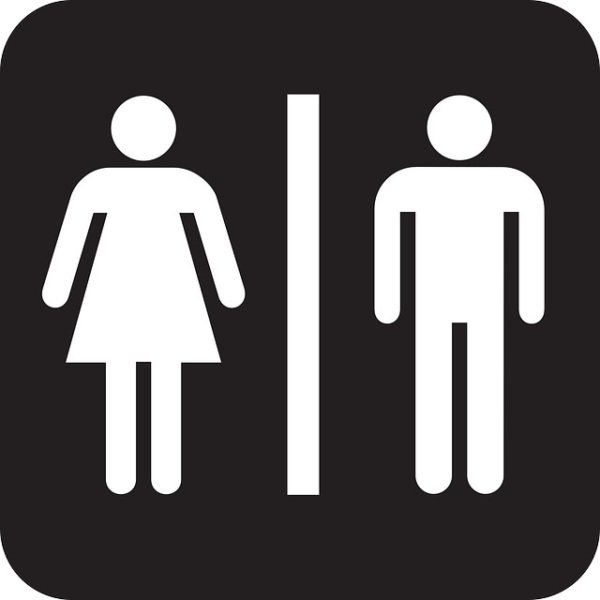
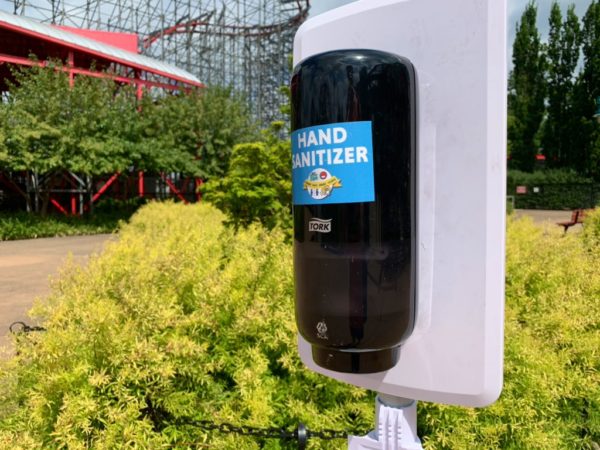
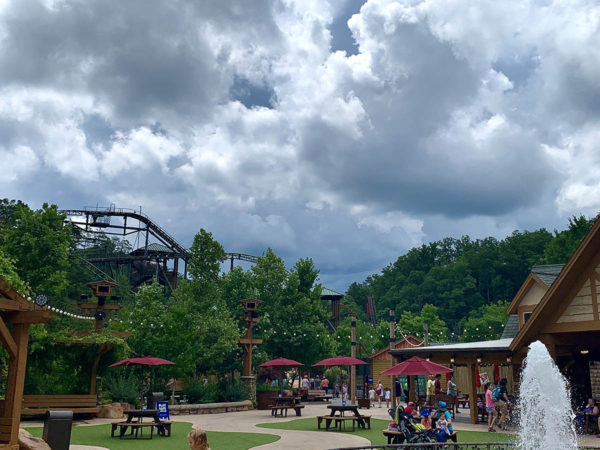
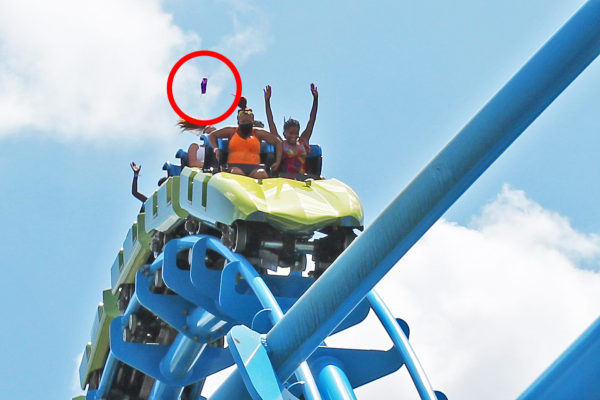
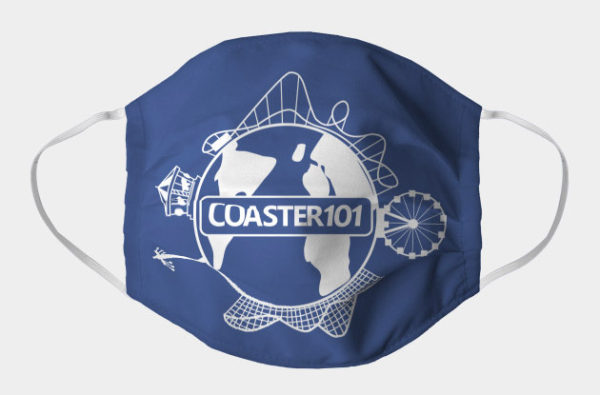
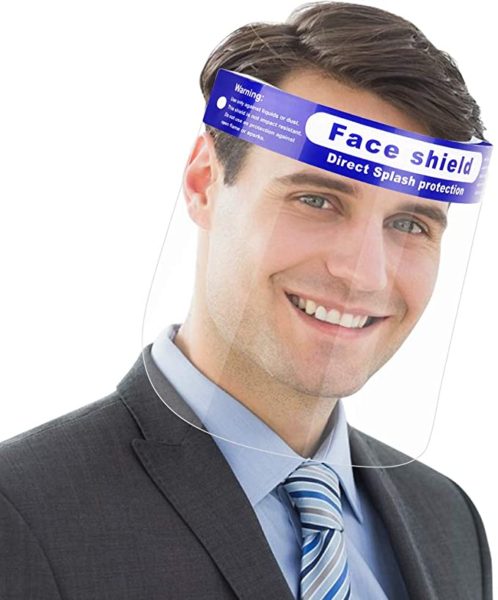
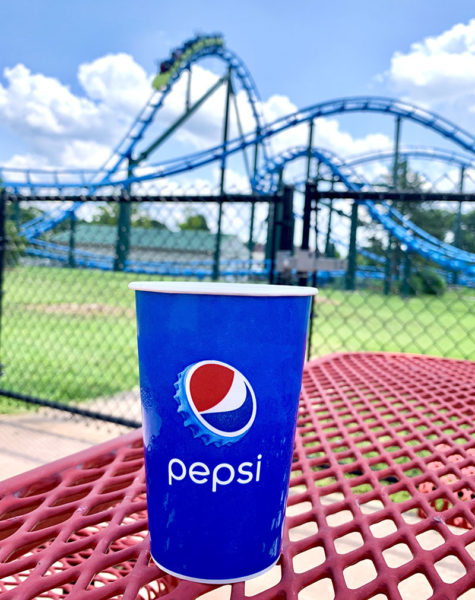
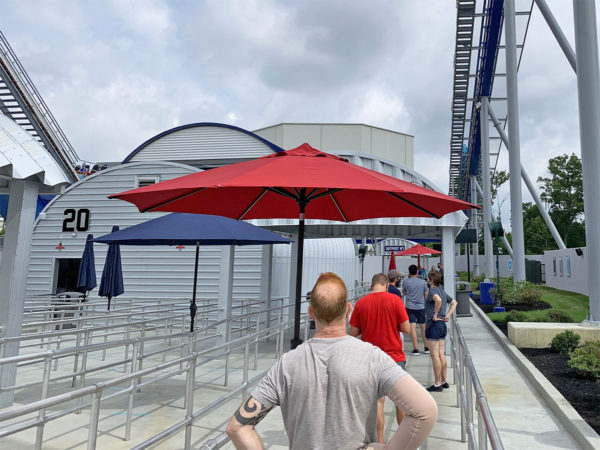
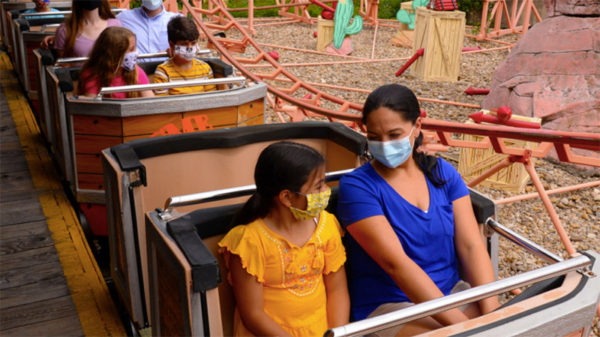








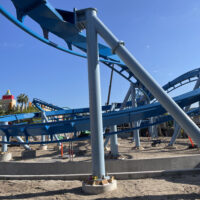





Recent Discussion